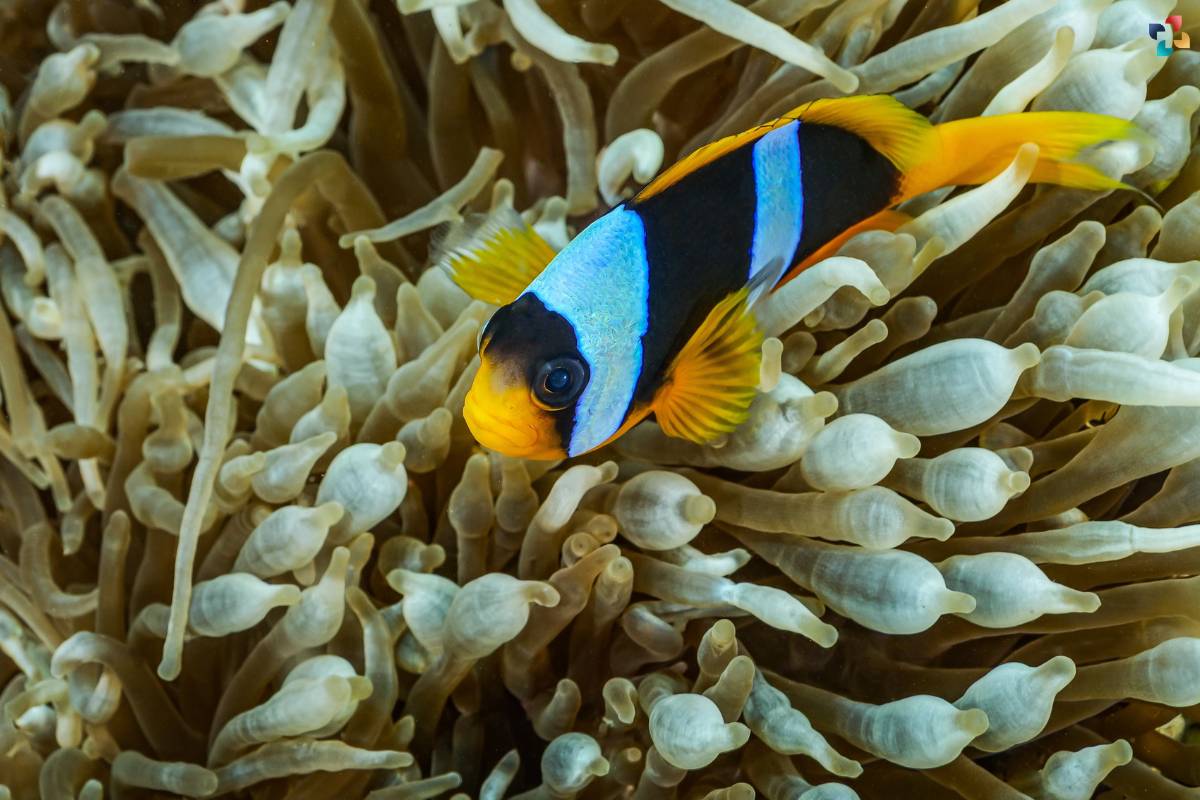Life is incredibly delicately woven through symbiotic connections, in which diverse species work together for mutual benefit, in the enormous fabric of ecosystems. This essay delves into the intriguing realm of symbiosis, illuminating its varieties, significance, and the precarious equilibrium it maintains in the natural world.
The Four Symbiotic Relationships:
In the intricate tapestry of nature, symbiotic relationships serve as the threads that weave together the diverse organisms within ecosystems. These partnerships exemplify the intricate dance of coexistence, where different species depend on each other for survival. Among these, four fundamental symbiotic relationships stand out, each showcasing the unique ways in which organisms collaborate, compete, and thrive together. Join us on a journey to unravel the dynamics of mutualism, commensalism, parasitism, and competition, as we explore the remarkable connections that shape the living tapestry of our planet.
What is Symbiosis?
Symbiosis is a biological phenomenon where two different species engage in a close and often long-term interaction, impacting each other’s lives. Four primary types of symbiotic relationships showcase the diverse ways species coexist:
1. Mutualism
Definition: Mutualism is a symbiotic relationship where both species involved derive mutual benefits.
Example: The classic example is the relationship between bees and flowers, where bees obtain nectar for food, and flowers benefit from pollination.
2. Commensalism

Definition: Commensalism involves one species benefiting, while the other is neither helped nor harmed.
Example: Remoras attach themselves to sharks for transportation without affecting the shark’s well-being.
3. Parasitism
Definition: Parasitism is a relationship where one species (parasite) benefits at the expense of the other (host).
Example: The relationship between ticks and mammals, where ticks feed on blood, negatively impacting the host.
4. Amensalism
Definition: Amensalism represents a relationship where one species is harmed, and the other is unaffected.
Example: Walnut trees produce juglone, a substance inhibiting the growth of nearby plants.
The Five Symbiotic Relationships
While the four primary types offer a broad understanding, the intricacies of nature reveal additional nuances in symbiotic interactions:
1. Obligate Mutualism
Definition: This type of mutualism is obligatory, and the species cannot survive without each other.
Example: The relationship between yucca plants and yucca moths, where the moths are essential for the plant’s pollination.
2. Facultative Mutualism

Definition: Facultative mutualism is non-obligatory, and the species can survive independently.
Example: Oxpeckers and large herbivores, where oxpeckers feed on ticks and parasites on the host’s skin.
3. Facultative Parasitism
Definition: Similar to facultative mutualism, this parasitic relationship is not obligatory, and the species can live independently.
Example: Some fungi that can act as pathogens under certain conditions may lead to a non-parasitic existence.
4. Competition
Definition: While not traditionally considered symbiotic, competition is an interaction where species vie for the same resources.
Example: Plants in a forest compete for sunlight and nutrients.
5. Neutralism
Definition: Neutralism is a relationship where neither species is affected by the presence of the other.
Example: The coexistence of unrelated species, like a tree and a rock in proximity.
The Most Important Symbiotic Relationship
Keystone Mutualists:

Certain mutualistic relationships play a pivotal role in shaping ecosystems, earning them the title of “keystone mutualists.” These relationships have a disproportionately large impact on biodiversity and ecosystem stability.
Example: The mycorrhizal associations between plants and fungi exemplify keystone mutualists, enhancing nutrient uptake for plants and influencing the entire ecosystem’s health.
Symbiotic vs Mutual Relationship
In the intricate tapestry of ecological interactions, understanding the distinctions between symbiotic and mutual relationships provides valuable insights into the dynamics of coexistence in nature. While both concepts involve interactions between different species, their nuances set them apart in terms of dependence and benefit. Join us as we delve into the intriguing realm of symbiotic versus mutual relationships, unraveling the intricacies that define these two fundamental aspects of ecological collaboration.
Through this exploration, we aim to shed light on the diverse strategies employed by organisms to navigate the delicate balance of mutual support and interdependence within ecosystems.
Defining the Terms
While symbiosis encompasses a broader spectrum of interactions, mutualism specifically refers to a type of symbiotic relationship characterized by mutual benefit.
Contrasting Characteristics:
Symbiosis: Encompasses various relationships, including mutualism, commensalism, parasitism, and amensalism.
Mutualism: Specifically denotes a symbiotic relationship where both species derive benefits.
Example: The relationship between clownfish and sea anemones is both symbiotic and mutualistic, as the clownfish find protection among the stinging tentacles of the anemones, while the anemones benefit from the deterrence of predators by the presence of the clownfish.
Conclusion:
Symbiotic connections are the main players in the vast drama of nature, displaying the complex teamwork that characterizes ecosystems. Each symbiotic relationship contributes to the fragile balance of the natural world, ranging from mutualistic relationships that support life to parasitic interactions that threaten it. Investigating the various forms of symbiosis highlights the inherent connectivity of all living things in addition to revealing the marvels of ecological interdependence. We learn more about the complexities of these connections and develop a greater understanding of the symbiotic dance that takes place in these domains of mutual assistance.
Explore More on The Lifesciences Magazine











